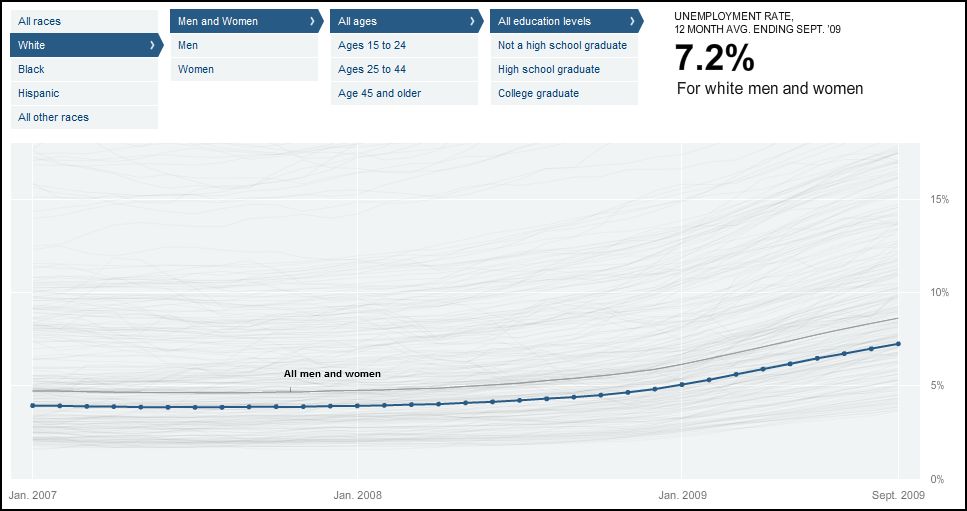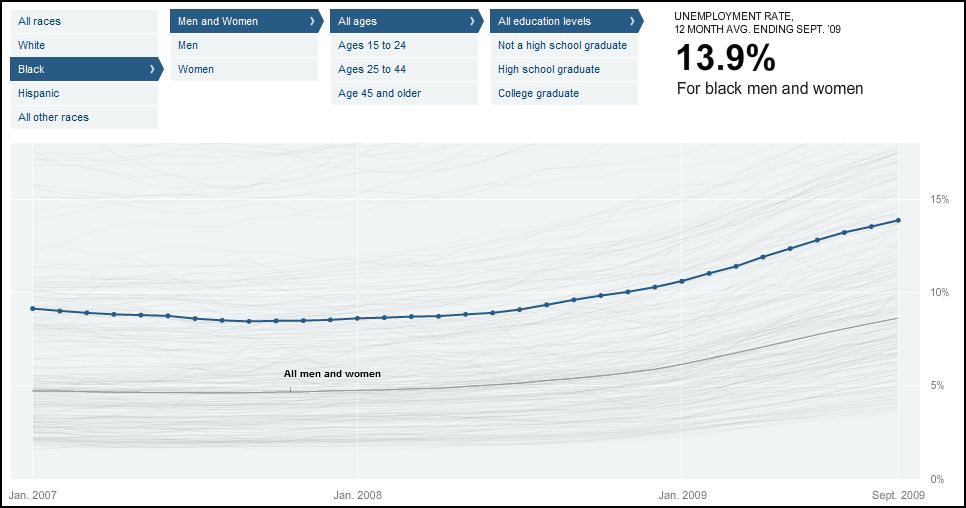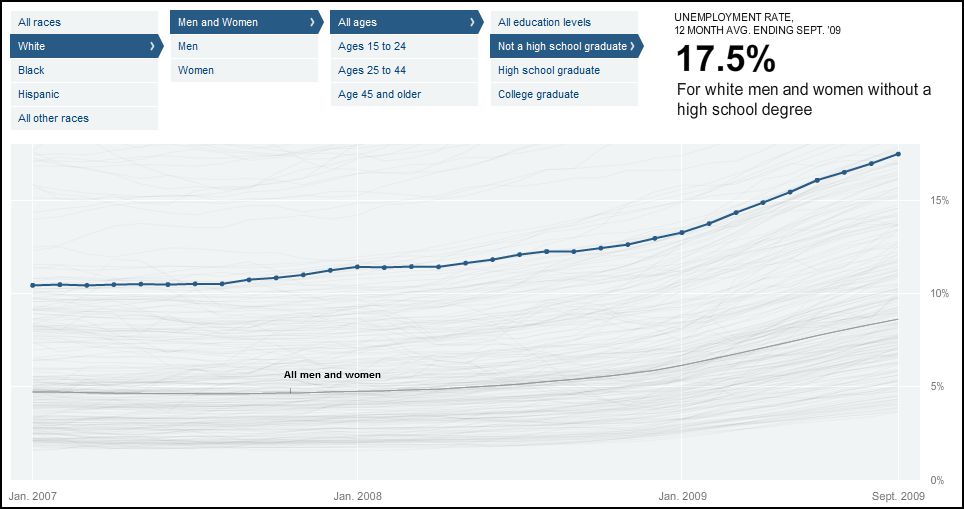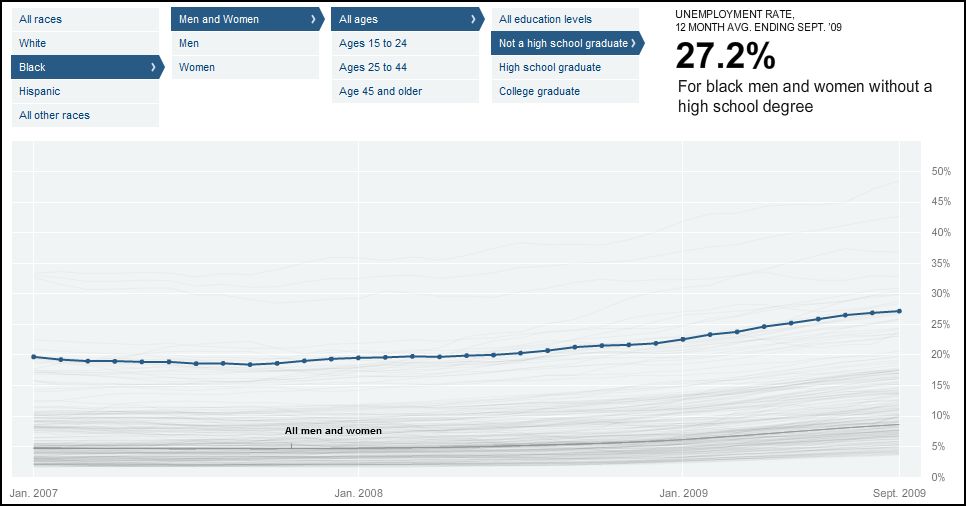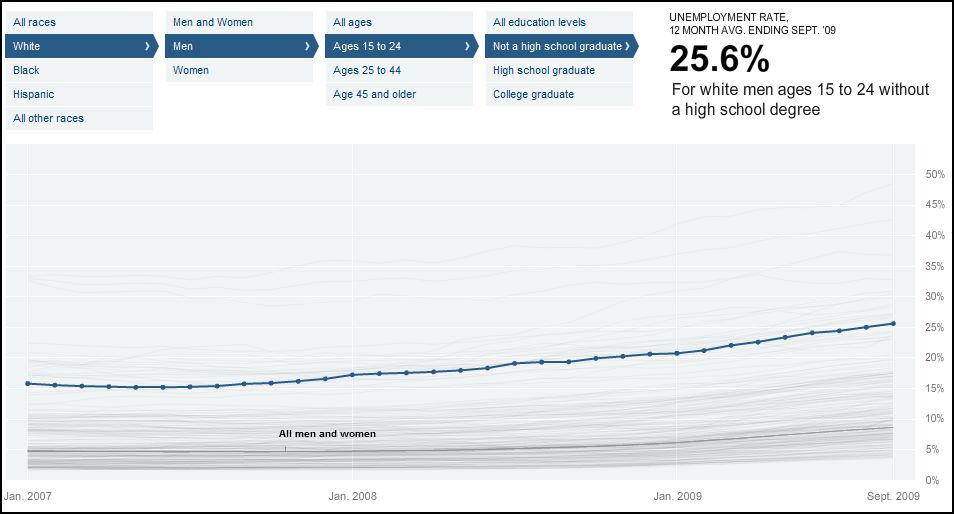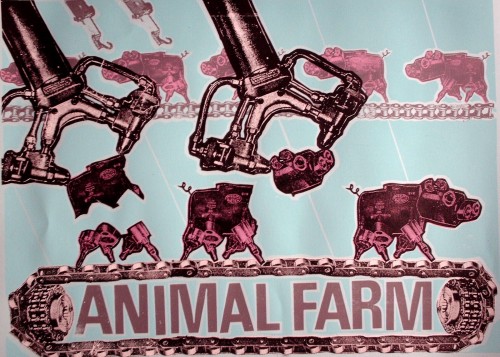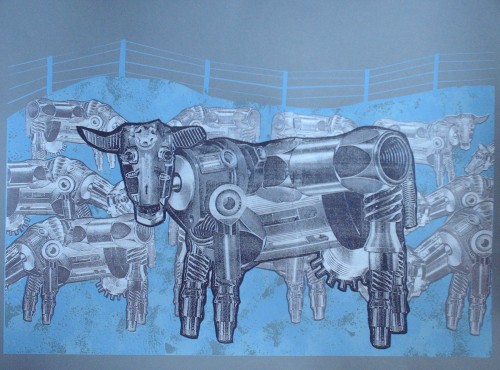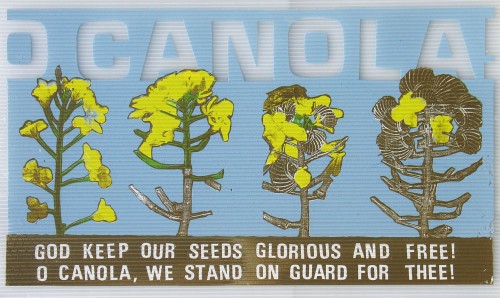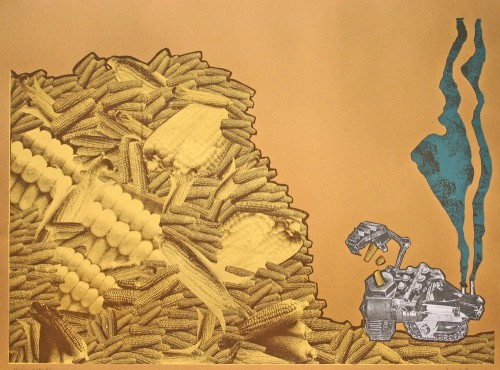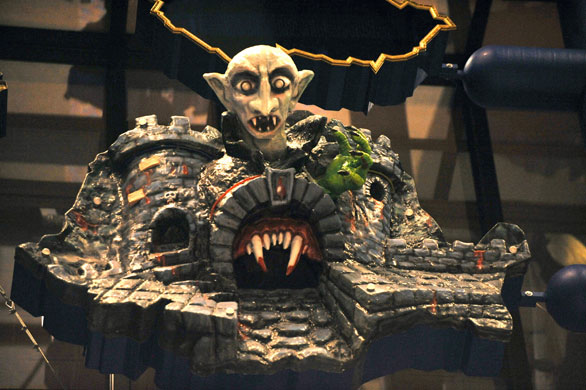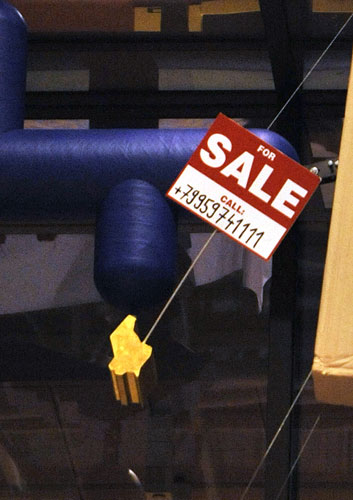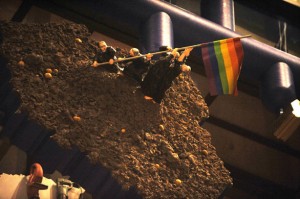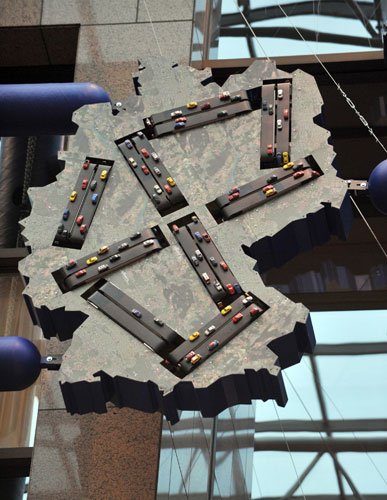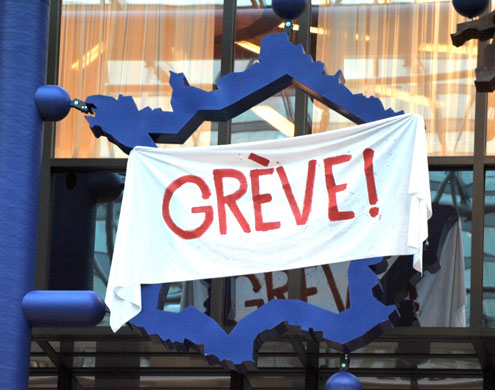Dmitriy T.M. and Claire C. sent in a link to a photo of an NBC cafeteria menu in honor of Black History Month (that’d be February) that featured stereotypical African-American foods: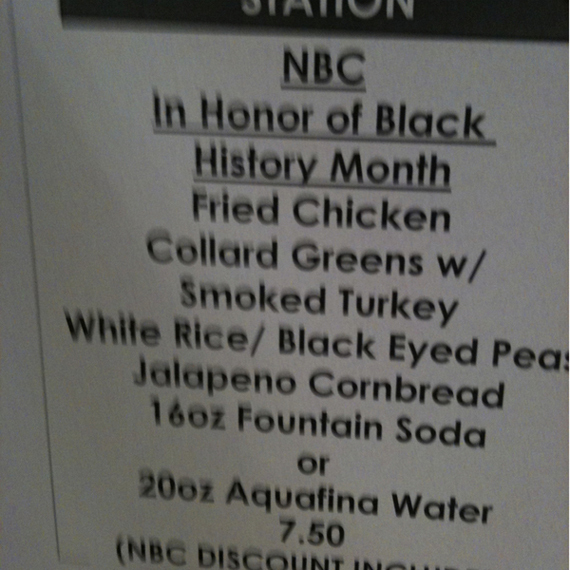
Many argued that the menu was offensive because it reproduced stereotypes, but I think an interview (no longer available) with the chef who devised the menu complicated the story a bit.
Honestly, I think the main problem here is that Americans live in a racist society and so we have no idea how to celebrate Black History Month (how about with relaxer?). The rest of the year, we make fun of black people for eating fried chicken. And yet, these are traditional Black southern dishes. So how exactly do we celebrate the holiday? Do we pretend to valorize the same traditions that we make fun of during the rest of the year? It makes no sense! But it makes no sense because we’re still racist. And we need a Black History Month because we’re still racist. So, what to do!?
Perhaps the lesson to take from all of this is: Undermining racism is hard work. A month dedicated to Black history is a (flesh-colored) band aid, at best. If we don’t do the other stuff (e.g., challenging the web of racist institutions that preserve class and race privilege), then no amount of fried chicken will make the difference.
Lisa Wade, PhD is an Associate Professor at Tulane University. She is the author of American Hookup, a book about college sexual culture; a textbook about gender; and a forthcoming introductory text: Terrible Magnificent Sociology. You can follow her on Twitter and Instagram.


